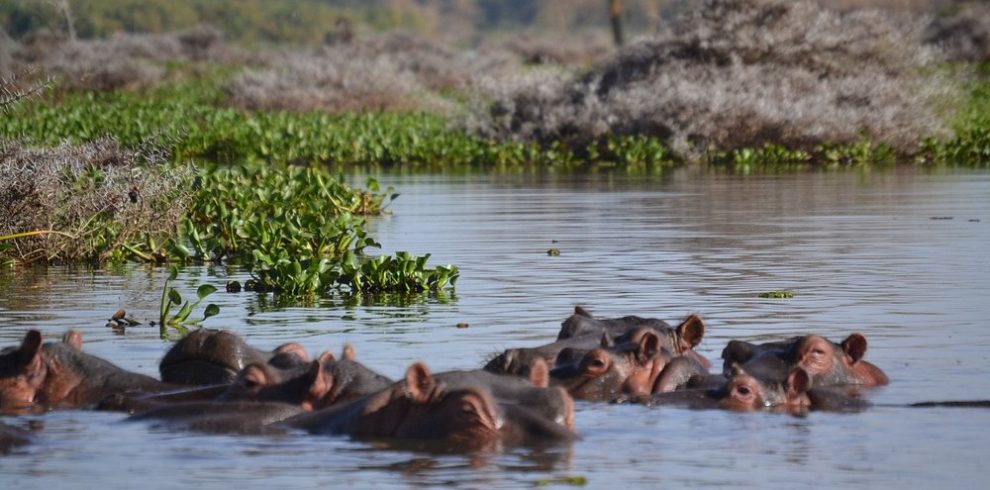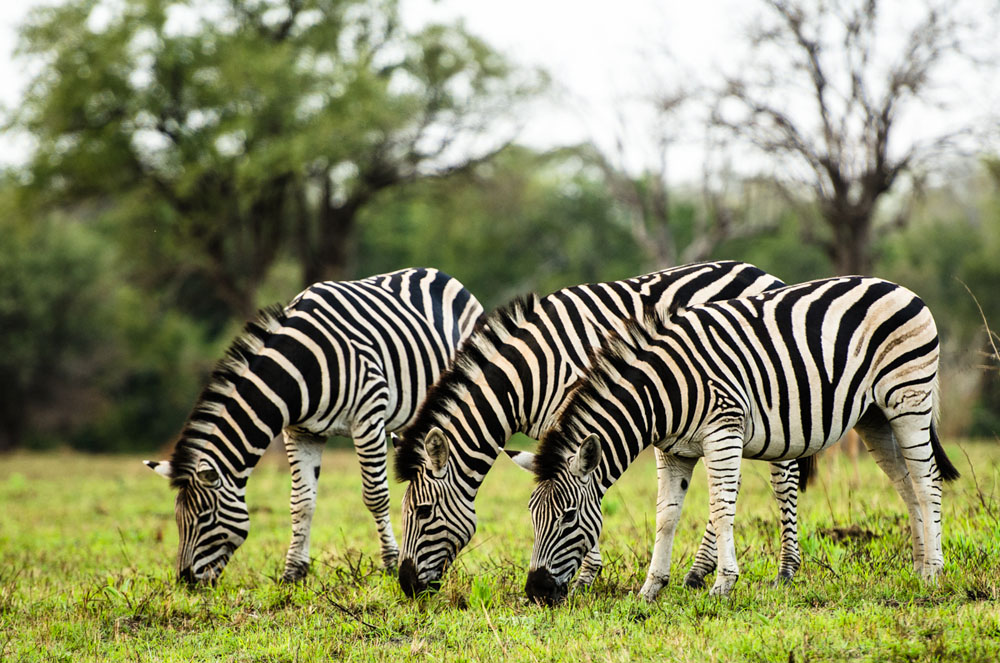
The plains zebra, scientifically known as Equus quagga, is one of the most iconic animals of the African savannas. With its distinctive black and white stripes, the plains zebra is often a subject of intrigue, sparking curiosity about its behavior, appearance, and role within the ecosystem. Being social and adaptable, these zebras provide abundant information and interesting facts. In this article, we will explore 5 fascinating facts about the plains zebra, delving into the mysteries behind their physical appearance, communication, social structure, and more.
1. The Stripes of the Plains Zebra: Nature’s Mystery
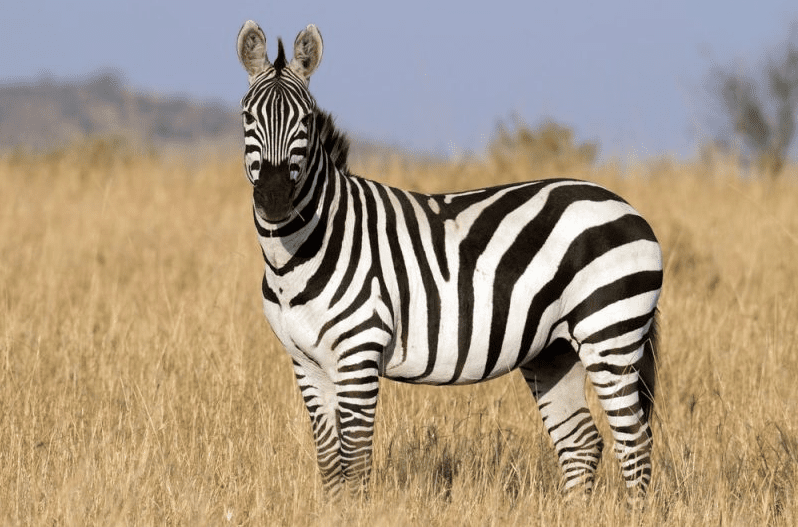
One of the most immediately recognizable features of the plains zebra is its coat of black and white stripes. Why do Zebras have stripes? This is the question that has attracted the attention of scientists over the centuries explaining the myth by numerous theories. While the exact reason remains debated, there are several plausible explanations that shed light on the fascinating world of facts about the plains zebra and their unique coat.
Camouflage in the Wild
Among the best-proposed theories has been that the stripes camouflage the zebra in tall grasses within the savannas. The dark and white stripe pattern is also believed to breakdown the outline of the zebra so that it could not be perceived to predators like the lion. In a herding situation, when zebras are cograzing, their stripes merge, forming a dizzying effect and confusing predators as they find it more difficult to pick out a single zebra in the herd.
Temperature Regulation
Another interesting theory of the stripes is that it helps to control the body temperature of the zebra. It has been demonstrated that the black and white stripes reflect and absorb heat differently, which could help in dissipating heat. The stripe pattern might assist in the formation of airflow over the body of the zebra, which cools his body more rapidly in the hot climate of the African savanna.
Fly Repellent
The zebras are being harassed by biting flies and other insects during the summertime, in particular. It has been argued that the stripes serve as repellent to these insects. The illusionary apparent effect of the stripes might also disorient the flies causing them not to land easily on the skin of the zebra. Research has also shown that fly nuisance does not bother zebra as it does with other animals giving them an extra protection against flies.
2. Zebras Are Highly Social Animals

One of the most captivating facts about the plains zebra is its strong social nature. Zebras do not live by themselves, but rather reside in groups or what we call herds. Such herds typically consist of a few individuals, which include mares (females), stallions (males), and their young. A group is generally headed by a stallion, and the behavioral hierarchy inside the herd is what determines the survival of a zebra.
Herds and Social Hierarchy
Plains zebra herds typically consist of one dominant stallion, several mares, and their foals. They live in large herds, the members of which are organized in a complicated social system, and every animal has its sort. The stallion is the matriarch and defender of the herd and the mares collaborate in assisting in the nurturing of the young. Foals live under the care of their mothers, but also acquire herd behavioral patterns and survival tactics through the herd.
Zebras also enter into coalitions with other species, especially wildebeests and gazelles. Such mixed-species herds can frequently be mutually beneficial, with other members of the herd being belbenefited by the presence of zebra. The zebra can see well with his eyes and he can see the predator at a distance so that the group can evade danger better.
Communication Within the Herd
To communicate with one another, zebras employ a set of sounds, body language, and sometimes facial expression, too. They are also well-known to bray, a sort of hee-haw of a donkey, in case of danger to attract attention or in order that they may be able to communicate with the other of the herd. Along with this, they communicate through sounds and body movements to build a stronger relationship, show subordination or to warn the rest of the group of possible dangers.
3. Plains Zebras Are Herbivores With Special Dietary Needs
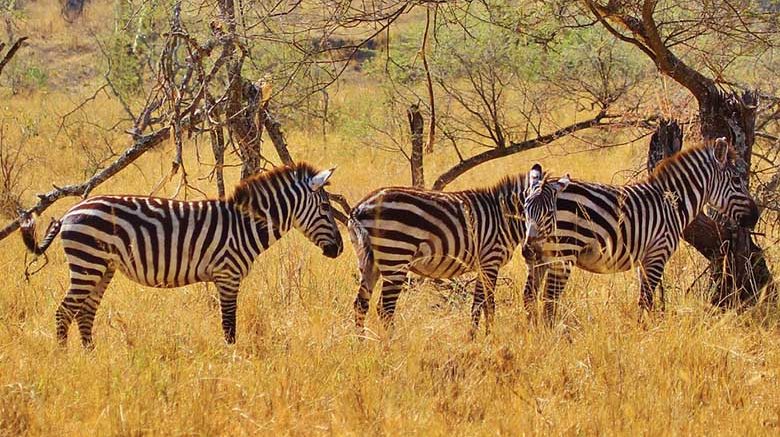
Plains zebras, like all other species of zebra, are herbivores, and their diet primarily consists of grasses. Their digestive system, however, is very distinctive and they also possess special dietary requirements which help them survive the African plains.
Grazing and Digestion
Zebras, unlike most other herbivore species, are not ruminant one-stomached herbivores like cows. Rather, they depend on one stomach and a lengthy dense digestive tract to digest hard vegetacion. The plains zebra’s digestive system is adapted to process large quantities of low-nutrient grasses, making them efficient grazers in the grasslands.
However, plains zebras do not just eat any grass; they are selective feeders. They like tender young grasses and will commonly shun places where mature tough plants are established. This type of selective grazing assists them in obtaining their balance diet, as well as, obtaining the nutrients required to survive the extreme conditions of their home.
Water Intake
Although zebra may sustain without water over a short period, they are extremely water dependent. In the wild, plains zebras will travel long distances to find water and are often seen in large herds at watering holes. They are able to consume up to 10 gallons of water and their long-distance movement throughout search of water allows them to survive the harsh times of the year when water becomes depleted.
4. Plains Zebras Have a Unique Reproductive Cycle
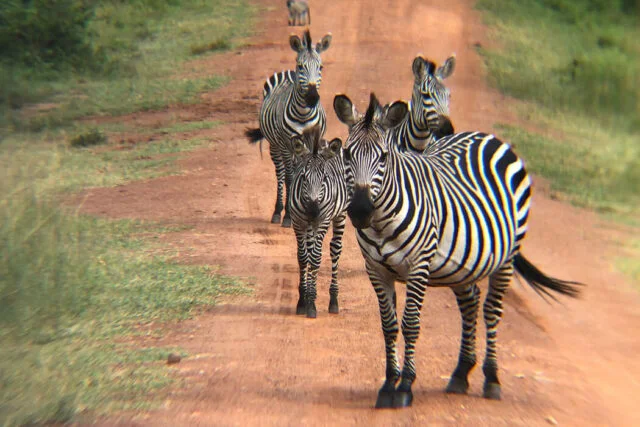
The reproductive behaviors of plains zebras are another fascinating aspect of their lives. There is firmly established mating season of these animals, as well as their reproduction being affected by the conditions of their habitat.
Breeding and Gestation
The mating season for plains zebras typically coincides with the wet season when food and water are more abundant. In the process, stallions will engage each other in the bid to get the attention of mares; this could include biting and kicking among other behaviors. After a stallion has successfully mated with a mare, a pregnant mare will carry a foal till around 11-12 months.
Zebras give birth in the rainy season, to guarantee that the young ones are provided with resources to survive. At birth, the foals can stand up and move in a few hours, a fact that is important in evading predators. During the early life of the foal, the foal spends the initial days under the protection of the mother and receives nourishment, however, growing up, the foal starts to socialize with the rest of the herd and learns social acts.
Maternal Care
Mother zebras are crucial to raising youngsters. They give birth to their foals, and they take care of them several months, but gradually the foals start to eat grass along with grown-ups. The foals have almost acquired independence by the age of one year, but may have remained within the herd through a few years before setting out on their own.
5. Plains Zebras Are Facing Threats, But Conservation Efforts Are Underway

While plains zebras are not currently classified as endangered, they do face various threats that could affect their population in the wild. Understanding these challenges is an important part of the facts about the plains zebra, as it highlights the need for conservation efforts to ensure the survival of this iconic species.
Habitat Loss and Human-Wildlife Conflict
Zebras are losing their natural habitats as human populations across Africa continue to swell. Marked pressure is being exerted on zebra populations through deforestation, agricultural conversion, and encroachment by human settlements. Moreover, the conflict over resources, including grazing land and water, with livestock is also increasing.
Poaching and Trophy Hunting
In spite of the fact the zebra populations are not as gravely impacted by the poaching illnesses as others, its poisoning and demand of zebra skin supported localized decreases. It is also threatened by trophy hunting, particularly in areas where there are fewer zebra.
Conservation Efforts
Despite these challenges, there are ongoing conservation efforts to protect plains zebras. Other wildlife conservation groups have also taken measures to conserve the environments of wild animals, including the zebra, and have even designed programs to promote conservation and counter the effects of development that result in loss of animal habitats. By establishing national parks and wildlife reserves, the zebra is offered a safe sanctuary, and in some cases, law is established, to deter poaching and control hunting.
Ecotourism has also been strong in the conservation of the zebra. Through supporting responsible tourism, local people gain economically and they are motivated to preserve the wildlife instead of destroying it.
Conclusion
The plains zebra is a fascinating creature, with its striking appearance, social behaviors, and unique adaptations to the environment. From the mystery behind its stripes to its complex social structure and role in the African ecosystem, there is no shortage of facts about the plains zebra that showcase the wonder of this remarkable species. While they face challenges due to human activity and climate change, conservation efforts are helping to ensure that future generations will be able to admire these beautiful animals in the wild.



